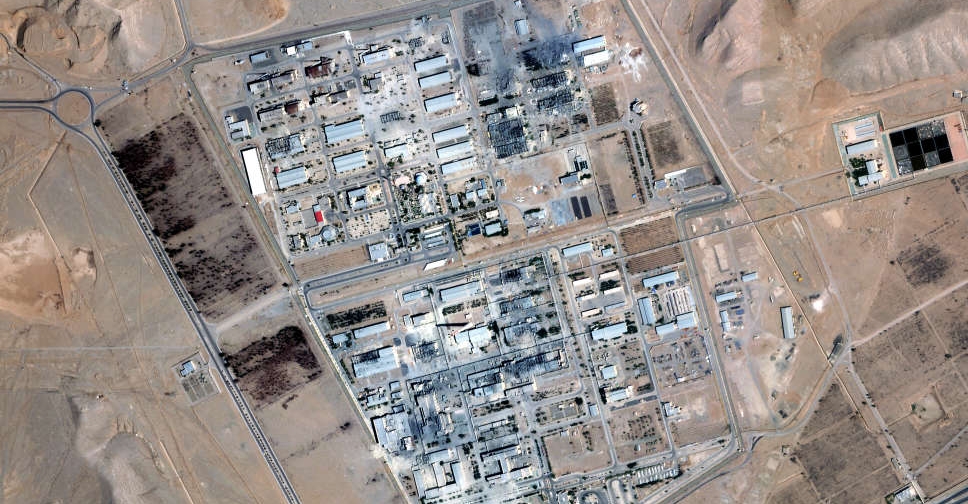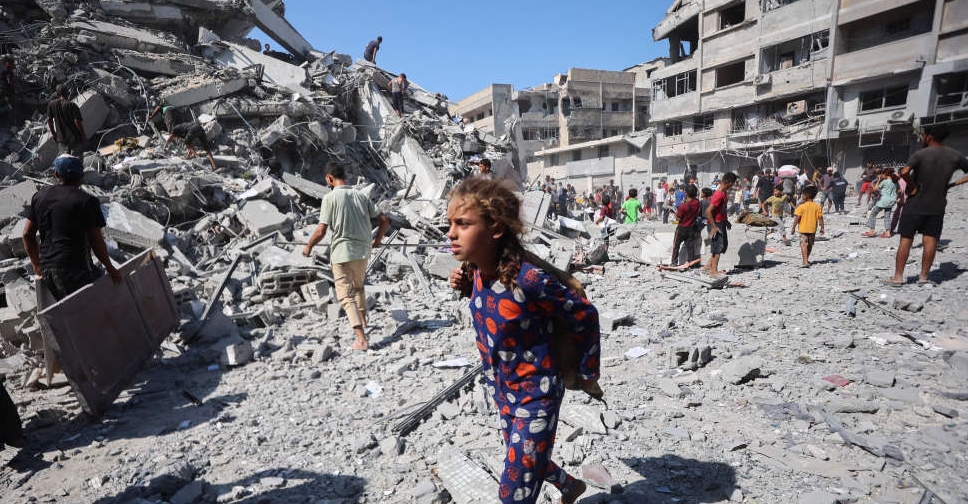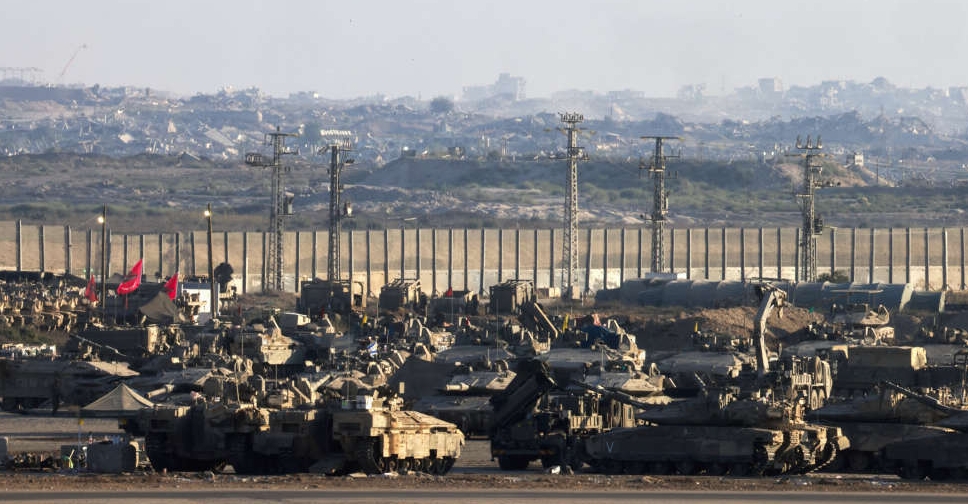
A preliminary US intelligence assessment has determined that US strikes over the weekend on Iranian nuclear facilities have only set back Tehran’s programme by a matter of months, three sources told Reuters.
The initial report was prepared by the Defence Intelligence Agency – the Pentagon’s primary intelligence arm and one of 18 US intelligence agencies – according to two of the sources, who requested anonymity due to the classified nature of the information.
The assessment found that Iran could resume its nuclear programme within a few months. One of the sources estimated the earliest possible restart could take place in one to two months.
The classified assessment contradicts public statements made by President Donald Trump and senior US officials, including Defence Secretary Pete Hegseth, who claimed that the weekend strikes – which involved both bunker-busting bombs and conventional weapons – had effectively eliminated Iran’s nuclear capabilities.
On Tuesday, the Trump administration told the United Nations Security Council that the strikes had “degraded” Iran’s nuclear programme, falling short of the President’s earlier claim that the facilities had been “obliterated”.
Asked for comment, the White House referred to a statement by spokesperson Karoline Leavitt.
“Everyone knows what happens when you drop fourteen 30,000-pound bombs perfectly on their targets: total obliteration,” she said.
A US official familiar with the assessment noted that it contained a number of caveats and hypothetical conditions and added that a more detailed report was expected in the coming days and weeks.
Analysts noted that, if the assessment relied heavily on satellite imagery, it might not fully reveal the extent of damage to the deeply buried Fordow uranium enrichment facility.
Trump has defended the strikes as necessary to prevent Iran from acquiring nuclear weapons. Tehran, however, denies any intention to develop such weapons and maintains that its nuclear activities are solely for peaceful purposes.
Assessing the damage at the Fordow, Isfahan and Natanz nuclear sites is expected to be a complex and protracted effort, with the DIA not the only agency involved. One source indicated that the assessment had not been universally accepted and had sparked significant disagreement within the intelligence community.
Another US official, also speaking on condition of anonymity, said the US still did not have a clear understanding of the full extent of the damage inflicted.
Nevertheless, the initial findings suggest the strikes may not have been as decisive as the Trump administration has claimed.
According to the sources, the report concluded that the US strikes had collapsed facility entrances and damaged critical infrastructure, but did not destroy underground bunkers.
Restarting operations would depend largely on “how long it takes them to dig out and rebuild or repair” power and water supply systems, said one source.
The Pentagon rejected suggestions that the damage was insignificant, although it did not dispute the existence of the DIA report.
“Based on everything we have seen – and I’ve seen it all – our bombing campaign obliterated Iran’s ability to produce nuclear weapons,” Hegseth said in a statement to Reuters.
“Our massive bombs hit exactly the right spot at each target – and worked perfectly. The impact of those bombs is buried under a mountain of rubble in Iran; so anyone who says the bombs were not devastating is simply trying to undermine the President and the success of the mission.”
However, one source noted that Iran’s stockpiles of enriched uranium had not been destroyed.
David Albright, a former United Nations nuclear inspector, said that based on post-strike commercial satellite imagery, he believed the US attack had effectively dismantled Iran’s uranium enrichment capability for now – but had not neutralised the longer-term threat.
“Iran retains an ability to break out and produce weapon-grade uranium,” said Albright, who heads the Institute for Science and International Security, in a post on X.
He pointed out that Iran’s stock of near-weapons-grade highly enriched uranium – enough for roughly nine warheads – remains unaccounted for, along with advanced centrifuges intended for a new enrichment facility that Iran informed the IAEA about earlier this month.
Initial military assessments often evolve as more intelligence becomes available and it is not uncommon for different agencies within the US intelligence community to hold differing views.
Democratic lawmakers have previously stated that Trump’s claims that the weekend strikes eliminated or severely set back Iran’s nuclear ambitions have yet to be substantiated.
“There’s zero evidence that I’ve seen that the nuclear programme was completely and totally obliterated, as Donald Trump has claimed,” said House Democratic Leader Hakeem Jeffries on Monday.
Classified briefings on the matter scheduled for members of the House of Representatives and Senate were cancelled on Tuesday.



 UN inquiry finds top Israeli officials incited genocide in Gaza
UN inquiry finds top Israeli officials incited genocide in Gaza
 Qatar, US near defence deal after Israeli strike in Doha
Qatar, US near defence deal after Israeli strike in Doha
 Israel says 'Gaza is burning' as it launches ground assault
Israel says 'Gaza is burning' as it launches ground assault
 Trump sues The New York Times for defamation and libel, seeks $15 billion
Trump sues The New York Times for defamation and libel, seeks $15 billion



